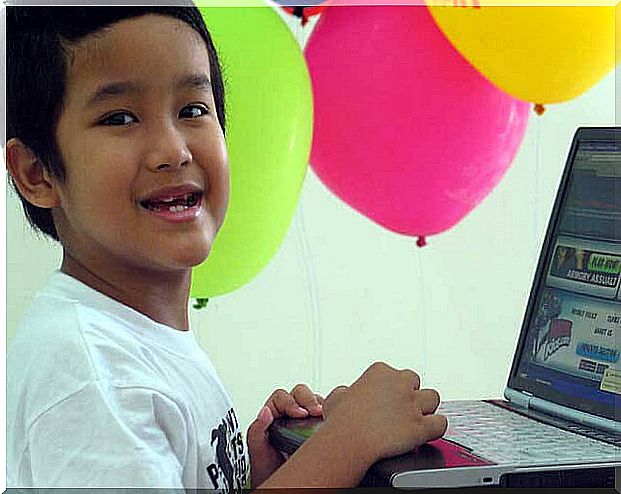Learn All About The WISC Test

The WISC-IV test is an excellent test for exploring cognitive abilities. Currently there are various instruments designed for the same purpose, since the intelligence measurement has aroused wide interest at the beginning. However, according to specialists, this is undoubtedly the most recommended test in its segment. For this reason, it continues to be used in various professional areas.
The WISC IV stands for Wechsler Intelligence Scale for Children, Fourth Edition. That is, Wechsler Intelligence Scale for Children, Fourth Edition. This instrument assesses the intellectual capacities of children and adolescents between the ages of six and 16. In this way, it covers the educational levels of primary, secondary and the first year of high school.
Structure of the test
In its most recent version, the test consists of 15 tests that are organized into four indexes. And, in addition, it offers a value that represents the total IQ of the child. The different indices of which it consists are the following:
- Verbal Comprehension
- Perceptual Reasoning
- Work memory
- Processing speed

Advantages of the WISC test
Among the strengths of the test is its greater conceptual support. It is in line with current hierarchical intelligence studies (Cattell-Horn-Carroll model). For the same reason, it introduces the analysis of crystallized intelligence, that of fluid intelligence, visual processing, and information processing, especially of Working Memory and Processing Speed skills.
Another advance of the test is that it not only allows the analysis of skills in relation to normative groups, based on age. It also offers very clear guidelines for analyzing skills in intra-individual terms. In this sense, it allows the different types of indices to be contrasted with each other, either in relation to the age sample reference, or to the level of aptitude achieved.
Thus, it offers us the possibility of identifying both the weaknesses and the specific strengths of each subject. We can carry out a comparison based on the global average of the individual. But also in relation to their specific measures of Verbal Comprehension and Perceptual Reasoning, and to different levels of confidence.

Weaknesses of the WISC test
According to the General Council of Official Colleges of Psychologists, the test in this version is less sensitive to learning difficulties. For example, the Information and Arithmetic tests have been relegated to elective tests. That is, they complete the interpretation of the Verbal Comprehension and Working Memory indices respectively, but they do not configure them.
On the other hand, clinicians miss the Comic and Puzzle tests. They made it possible to analyze visuospatial intelligence and favored the observation of perseverance responses and reactions to frustration.
It has been criticized that the Working Memory only includes auditory tasks (numbers, letters and arithmetic problems) and that it does not include non-verbal tasks, such as spanning strokes (like the McCarthy xylophone test), or spatial memory (like on the K-ABC). It has also been alleged that the Concepts test does not adequately saturate any of the indices, although the Spanish version offers, in general, very consistent data in this regard.
Application possibilities
The test is preferably applicable to groups of subjects whose level of cognitive abilities or neuropsychological functioning should be determined :
- High capacity diagnostics
- Diagnosis of mild or moderate mental retardation
- Neuropsychological dysfunctions.
- Learning Disorders Diagnosis
It also applies to populations with attentional disorders, such as ADHD. And it can be used for ethnic minority diagnosis. In this case, the perceptual reasoning and processing speed indices are especially suitable for this.
However, the particularities of the test mean that the results may underestimate the child’s abilities in different cases :
- Motor or language disabilities
- Hearing loss
- Visual limitations
- Children from other cultural contexts or with limited knowledge of Spanish.
Is it a recommendable test?
In sum, the WISC-IV is not without its limitations and areas for improvement. However, it constitutes one of the most complete and valid tests for the evaluation of cognitive abilities in children and adolescents. An essential tool for psychologists, pedagogues and other professionals in the sector.










